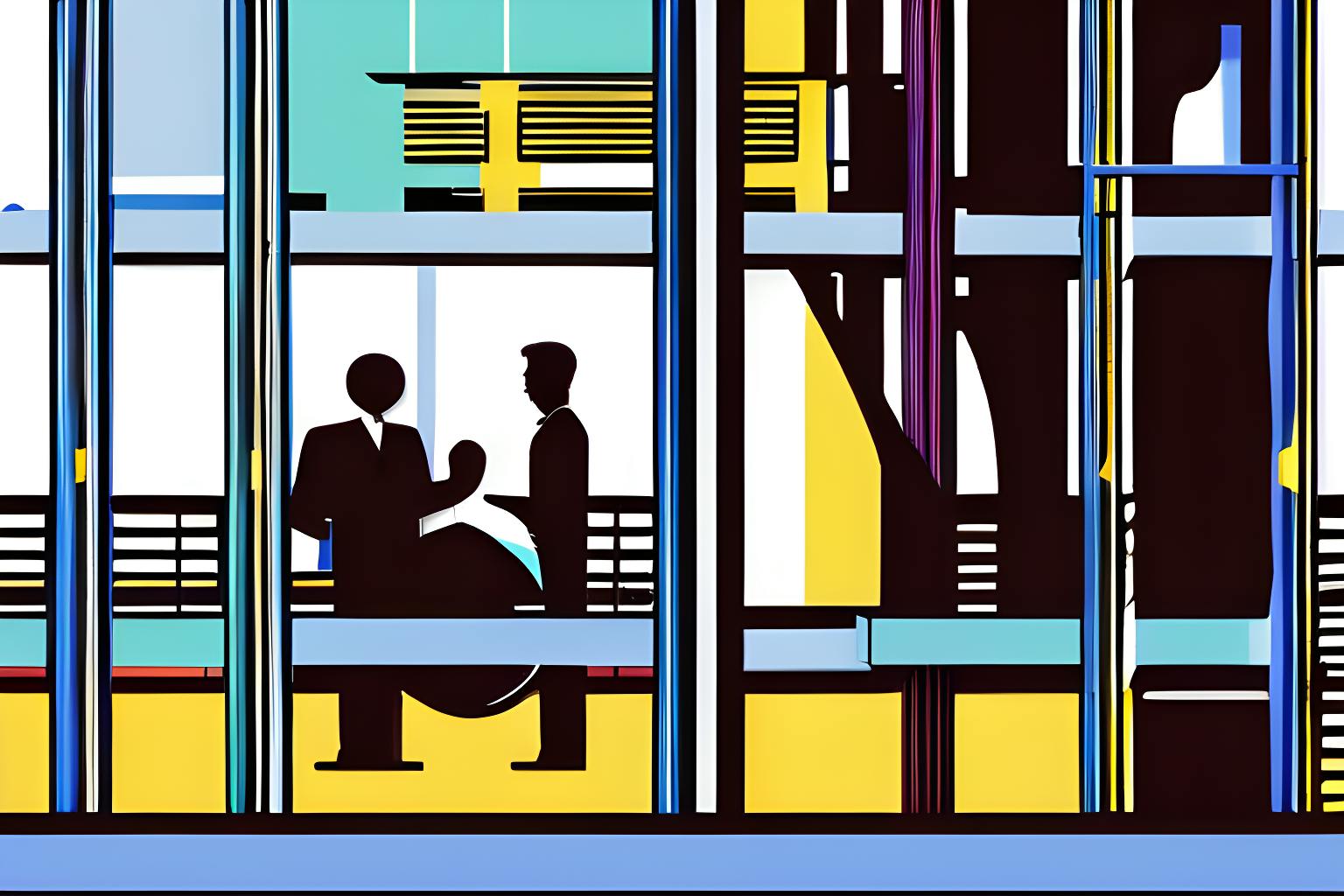Open AI reply to amended complaint Court Filing Kandis A. Westmore, November 3, 2023 is part of HackerNoon’s Legal PDF Series. You can jump to any part in this filing here. This is part 2 of 13.
II. ARGUMENT
A. Plaintiffs Cannot Allege Any Injury-in-Fact to Establish Article III Standing
1. Does 1, 2, and 5 cannot establish standing by showing their own postcomplaint acts harmed them.
Plaintiffs’ Opposition confirms that the specific examples alleged in the FAC, which form their basis for standing for monetary damages, were generated after they initiated this lawsuit and that there is no reason to think that anyone other than Plaintiffs prompted Copilot to output their code. (See Opposition (Dkt. No. 141) (“Opp.”) at 5-7, 9-10.)
In doing so, Plaintiffs acknowledge that the FAC does not contain any allegation that Copilot generated their code in the past.
Plaintiffs instead argue that the “detailed step-by-step explanation of how Plaintiffs’ code is easily produced in response to straightforward instructions from Copilot leads to a reasonable inference that Plaintiffs’ code already has been emitted.” (Id. at 5 (emphasis added and omitted).)
In so arguing, Plaintiffs effectively concede that they manufactured injury to establish evidence of past harm. But Plaintiffs "cannot 'manufacture' standing by inflicting a burden on [themselves] out of a fear of [hypothetical future harm] that is nothing more than a remote prospect." Stelmachers v. Verifone Sys., Inc., No. 5:14-cv-04912-EJD, 2017 WL 3968871, at *4 (N.D. Cal. Sept. 7, 2017) (quoting Clapper v. Amnesty Int'l USA, 568 U.S. 398, 416 (2013)).
Nor do Plaintiffs respond to OpenAI's argument that a plaintiff's own acts cannot give rise to a "concrete injury." (See OpenAI Mot. to Dismiss (Dkt. No. 110) (“MTD") at 7 (citing Callahan v. Ancestry.com Inc., No. 20-CV-08437-LB, 2021 WL 2433893, at *5 (N.D. Cal. June 15, 2021) (Plaintiff's "five hours of investigation - researching [defendant's] use of the records" and "checking how easily he could find them with a web browser... does not create Article III standing.").)
Plaintiffs cannot evade the requirement to allege that someone harmed them prior to their filing of the Complaint by arguing that their ability to harm themselves makes it plausible that someone else also harmed them.
Indeed, this Court previously held that Plaintiffs had identified "at least a substantial risk" and a "realistic danger that Codex or Copilot will reproduce Plaintiffs' licensed code as output" in the original Complaint. (Order Granting in Part and Denying in Part Defs.' Mots. to Dismiss (Dkt. No. 95) (“MTD Order") at 9.) But that wasn't enough to make plausible that Codex or Copilot had already reproduced Plaintiffs' code as output.
Plaintiffs’ new allegations only make their standing problem worse. Plaintiffs’ allegations establish that one must intentionally submit substantial portions of Plaintiffs’ own code to prompt Copilot to generate near-verbatim copies of that code. (See MTD at 4-5.)
For this injury to reoccur, Copilot users would need to already be in possession of Plaintiffs’ code to use it as a prompt. Because Plaintiffs’ own “demonstrations” contradict their theory that Copilot would inevitably reproduce their code, Plaintiffs’ allegations fail.
Continue Reading Here.
About HackerNoon Legal PDF Series: We bring you the most important technical and insightful public domain court case filings.
This court case 3:22-cv-06823-KAW retrieved on September 2, 2023, from Storage.Courtlistener is part of the public domain. The court-created documents are works of the federal government, and under copyright law, are automatically placed in the public domain and may be shared without legal restriction.

